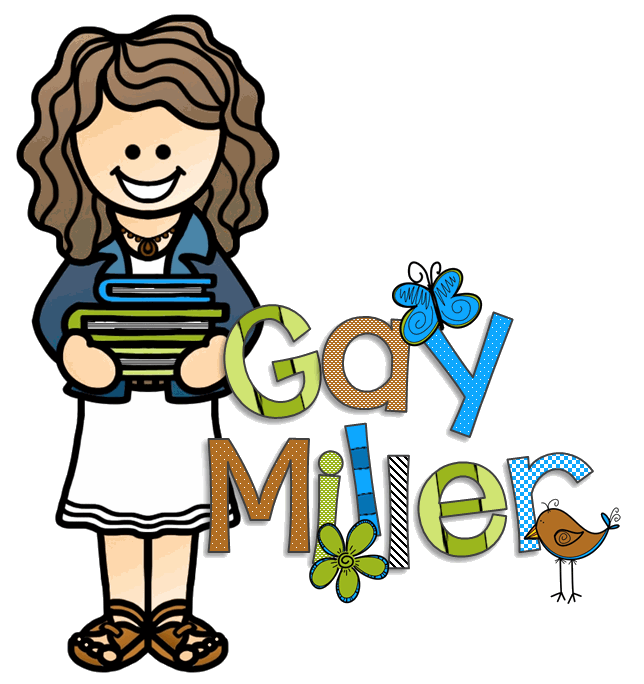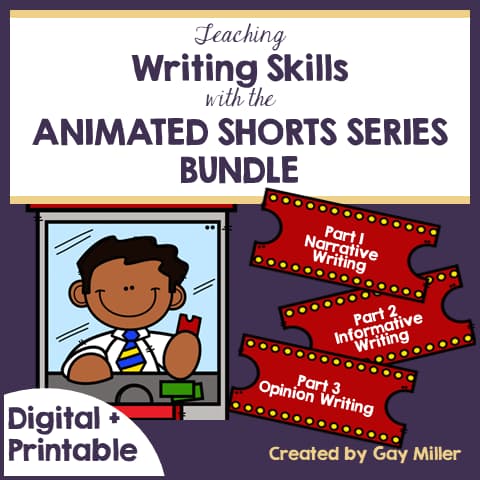
Have you ever noticed that newspaper articles don’t waste time with suspense? They hit you with the most important facts right away. Boom—who, what, when, where, why, and how—all in the first few lines. That’s not laziness; it’s strategy. It’s called the Inverted Pyramid, and it’s the writing style journalists have been using for over a century to deliver news clearly, quickly, and effectively.
This classroom-ready activity will help your students think like reporters and analyze real 19th-century newspaper articles to see how the pros did it. Spoiler alert: One article starts with “The President was shot”—talk about leading with the most important detail!
Lesson Handout
This handout includes four articles to teach the Inverted Pyramid style of writing. Each article comes in two versions: the original newspaper article and a modern-day rewritten version for students to practice locating the 5 W’s + H.
What is an Inverted Pyramid Story?
The Inverted Pyramid is a writing structure where the most essential information comes first. Instead of building to a dramatic reveal like in a mystery novel, news writers start with the big facts so readers can get the gist of the story fast.
It answers the “5 W’s + H” right out of the gate:
- Who?
- What?
- When?
- Where?
- Why?
- How?
After the lead paragraph, the article gives supporting details in descending order of importance. That way, if an editor needs to chop a piece for space (or a student reader loses interest halfway through), the core message still makes it through.
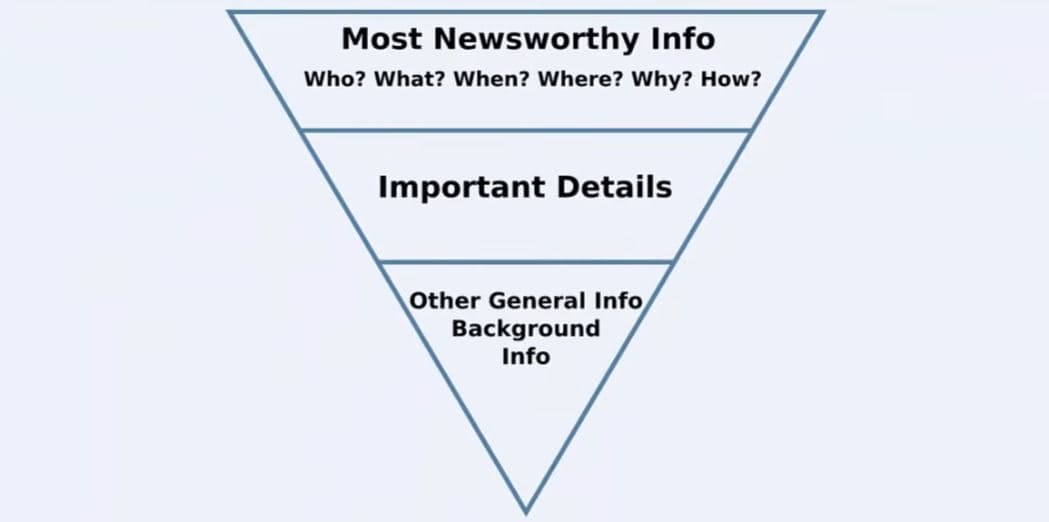
This under four-minute video provides a great explanation of what the Inverted Pyramid style of writing is.
A Little History (Telegraph Drama Included)
The Inverted Pyramid style came into fashion around the time of – you guessed it – the telegraph. Reporters had to pay by the word and couldn’t risk losing a transmission mid-story. So, they flipped the storytelling structure: lead with the most important info, just in case the wire cut out. –
Why Teach It?
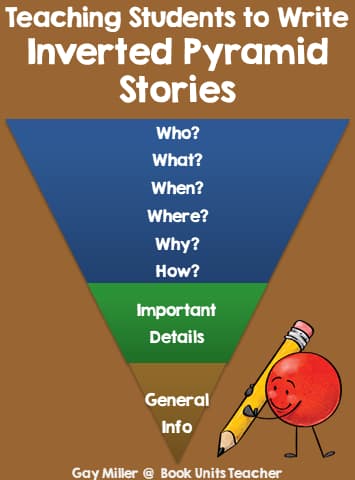
Teaching the Inverted Pyramid structure helps students:
- identify key information quickly
- practice organizing ideas from most to least important
- improve nonfiction writing and summarizing skills
- understand how journalism works
- skim articles with purpose (a handy life skill!)
Plus, it’s a natural fit when you’re working on the main idea, text structure, or research writing.
Try It with Your Students!
In this activity, students analyze four real newspaper articles from the late 1800s (yes, they’re the actual beginnings of stories from the New York Times).
Students will:
- read each article
- highlight the 5 W’s + H using six different colors
- decide if the article follows the Inverted Pyramid structure
There are two versions of each article:
- Original text with authentic 1800s phrasing and punctuation
- Student-friendly rewrite with updated language while keeping the facts intact
Use both versions for comparison, scaffolding, or differentiation.
Sample Article: The Assassination of Abraham Lincoln
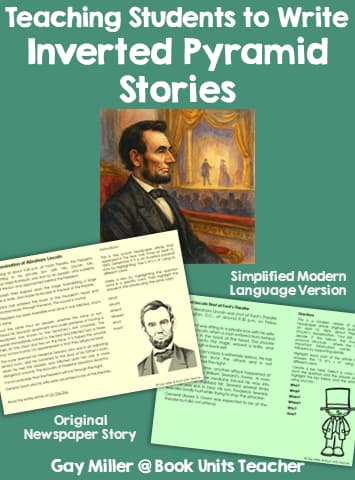
(New York Times, April 15, 1865)
“This evening at about 9:30 p.m. at Ford’s Theatre, the President, while sitting in his private box with Mrs. Lincoln, Mrs. Harris and Major Rathburn, was shot by an assassin...”
Talk about grabbing the reader’s attention! There’s no slow build-up here. That’s the power of the Inverted Pyramid.
Sample Article: The Little Horn Massacre
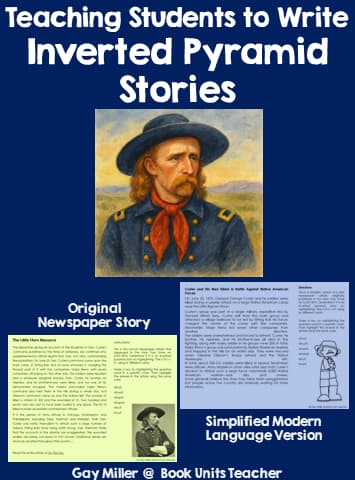
(New York Times, June 25, 1876)
“The dispatches giving an account of the slaughter of Gen. Custer’s command... are confirmed and supplemented by official reports…”
Another dramatic lead—and another great opportunity for students to practice identifying the 5 W’s + H.
Grab the Free Handout
Ready to dive in? Download the full handout below to get all four articles, both versions, plus a color-coding activity your students will actually enjoy. You’ll be surprised how quickly they catch on—and how excited they get when they realize they’re working with real historical texts.
Want more engaging writing activities that bring history, literacy, and real-world skills together? Stick around—I’ve got plenty more where that came from.
Happy writing (and editing like an old-school telegrapher)!
See the product that inspired this post.
Are you looking for a fun way to teach writing skills? This series teaches narrative, informative, and opinion writing with animated short films your students are sure to love!
